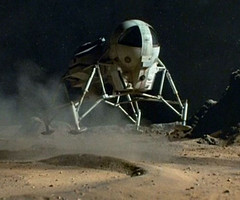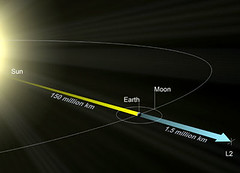 A while back I posted a brain spill involving a moon base, just to entertain you a bit – by teasing me about it if nothing else. A brain spill is a snippet of a story, or potential story. But reaction was good and I decided to explore developing the story further. To do that, I needed information about the moon; its composition, its history, and a reason that mankind may want to have a presence there at all; other than setting records for the longest home run hit ever.
A while back I posted a brain spill involving a moon base, just to entertain you a bit – by teasing me about it if nothing else. A brain spill is a snippet of a story, or potential story. But reaction was good and I decided to explore developing the story further. To do that, I needed information about the moon; its composition, its history, and a reason that mankind may want to have a presence there at all; other than setting records for the longest home run hit ever.
Of course I could just make up a bunch of stuff – it IS fiction after all – but I like to stay as close to truth as I can in fiction. One of the questions I had is, “why does one side of the moon always face the Earth?” I theorized that perhaps the moon is not round, but lopsided, or egg shaped. The large end of the egg would pull harder toward the Earth’s gravity. I was pretty darn close! I’ve turned up a lot of amazing facts. Here are some of the more interesting study materials on the moon, it’s history and why it is the way it is.
ScienceCasts: Did Earth Have Two Moons?
Cosmic Journeys: Birth of the Moon
 I still don’t know that there is any real reason to establish a base on the moon for any reason other than studying the moon. Any sort of way-station that ships would use as they explored near Earth space would more likely be placed at the L2 point in space. The Lagrangian points or Lagrange points, L-points, or libration points, are the five positions in an orbital configuration where a small object affected only by gravity can theoretically remain stationary relative to two larger objects (such as a satellite with respect to the Earth and Moon). The Lagrange points mark positions where the combined gravitational pull of the two large masses provides precisely the centripetal force required to rotate with them. The Sun-Earth L2 point would be approximately 930,000 miles out from Earth (well beyond the moon’s orbit) in the direction away from the sun. This would keep the station in the “shadow” of the earth and protect it from most of the bad stuff the sun throws off; a great spot for a deep space observatory like the James Webb Telescope as well as a supply depot for near Earth exploration craft. Possibly even a refinery for smelting ores brought back from mining asteroids before transporting them back to Earth for use.
I still don’t know that there is any real reason to establish a base on the moon for any reason other than studying the moon. Any sort of way-station that ships would use as they explored near Earth space would more likely be placed at the L2 point in space. The Lagrangian points or Lagrange points, L-points, or libration points, are the five positions in an orbital configuration where a small object affected only by gravity can theoretically remain stationary relative to two larger objects (such as a satellite with respect to the Earth and Moon). The Lagrange points mark positions where the combined gravitational pull of the two large masses provides precisely the centripetal force required to rotate with them. The Sun-Earth L2 point would be approximately 930,000 miles out from Earth (well beyond the moon’s orbit) in the direction away from the sun. This would keep the station in the “shadow” of the earth and protect it from most of the bad stuff the sun throws off; a great spot for a deep space observatory like the James Webb Telescope as well as a supply depot for near Earth exploration craft. Possibly even a refinery for smelting ores brought back from mining asteroids before transporting them back to Earth for use.
But the moon? Ehh… not seeing much use for a moon base except tourism – maybe with a baseball diamond?


Very cool info to use. I think you have a cool title to use, too, within your post: Liberation Points. 🙂